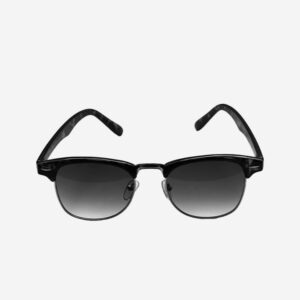A Beginner’s Guide to Kayaking in Different Waters: Lakes, Rivers, and Oceans
Embarking on a kayaking adventure can be exhilarating, but it’s crucial to understand the unique challenges and safety considerations posed by different bodies of water.
Types of Kayaking Waters
A. Lakes
Lakes offer calm waters, making them ideal for beginners. With limited obstacles and no current, you can focus on developing your paddling skills. Opt for recreational kayaks with good stability, such as sit-on-top kayaks or touring kayaks. Start in sheltered areas and gradually venture out as you gain confidence.
B. Rivers
Rivers introduce the challenge of flowing water and varying currents. Touring kayaks are a suitable choice, offering a combination of maneuverability and stability. Begin with slow-moving rivers to learn about river etiquette and safety. Pay attention to obstacles such as rocks and fallen trees, and respect other water users.
C. Oceans
Oceans offer a vast and challenging environment for kayaking. Sea kayaks are specifically designed for ocean conditions, with increased stability, maneuverability, and storage capacity. Seek professional guidance before venturing out on the open water. Choose calm days for your kayaking trips and always stay close to shore for safety.
Safety Considerations
- Wear a life jacket at all times.
- Dress appropriately for the weather conditions.
- Be aware of your surroundings and potential hazards.
Specific Safety Concerns for Different Types of Water:
Lakes
- Watch for submerged obstacles.
- Stay within designated areas.
Rivers
- Be aware of currents and eddies.
- Identify obstacles and potential hazards.
Oceans
- Monitor weather conditions and tide tables.
- Stay close to shore and avoid strong currents.
Kayaking Techniques
Basic Paddling Techniques
- Forward stroke: Primary paddling technique for moving forward.
- Reverse stroke: Used for slowing down or moving backward.
- Turning: Use a combination of forward and reverse strokes to turn the kayak.
Advanced Techniques for Different Types of Water:
Lakes
- Glide paddling: Maintaining momentum without active paddling.
- Ferry gliding: Moving the kayak sideways by paddling on one side.
Rivers
- Eddy turns: Using the force of eddies to turn the kayak.
- Ferrying: Crossing a river current by paddling diagonally.
Oceans
- Wave navigation: Maneuvering through waves.
- Downwind paddling: Using the wind to assist in paddling.
Gear Recommendations
Essential Gear for Beginners
- Kayak
- Paddle
- Life jacket
- Whistle
Optional Gear for Different Types of Water:
Lakes
- Sunscreen
- Insect repellent
Rivers
- Throw rope
- Bilge pump
Oceans
- GPS device
- Marine radio
Conclusion
Navigating different water bodies with a kayak requires an understanding of their unique challenges and safety considerations. By choosing the appropriate kayak, learning basic and advanced paddling techniques, and equipping yourself with the necessary gear, you can maximize your safety and enjoyment on your kayaking adventures. Remember to seek additional training and knowledge to enhance your skills and confidence on the water.
Share your kayaking experiences or ask questions in the comments below!
Relevant Questions
- What are the different types of kayaking waters and their characteristics?
- What safety considerations should be taken when kayaking in different bodies of water?
- What basic paddling techniques are essential for kayaking?
- What advanced kayaking techniques are useful in different types of water?
- What essential gear is required for beginners?
- What optional gear is recommended for different types of kayaking waters?




